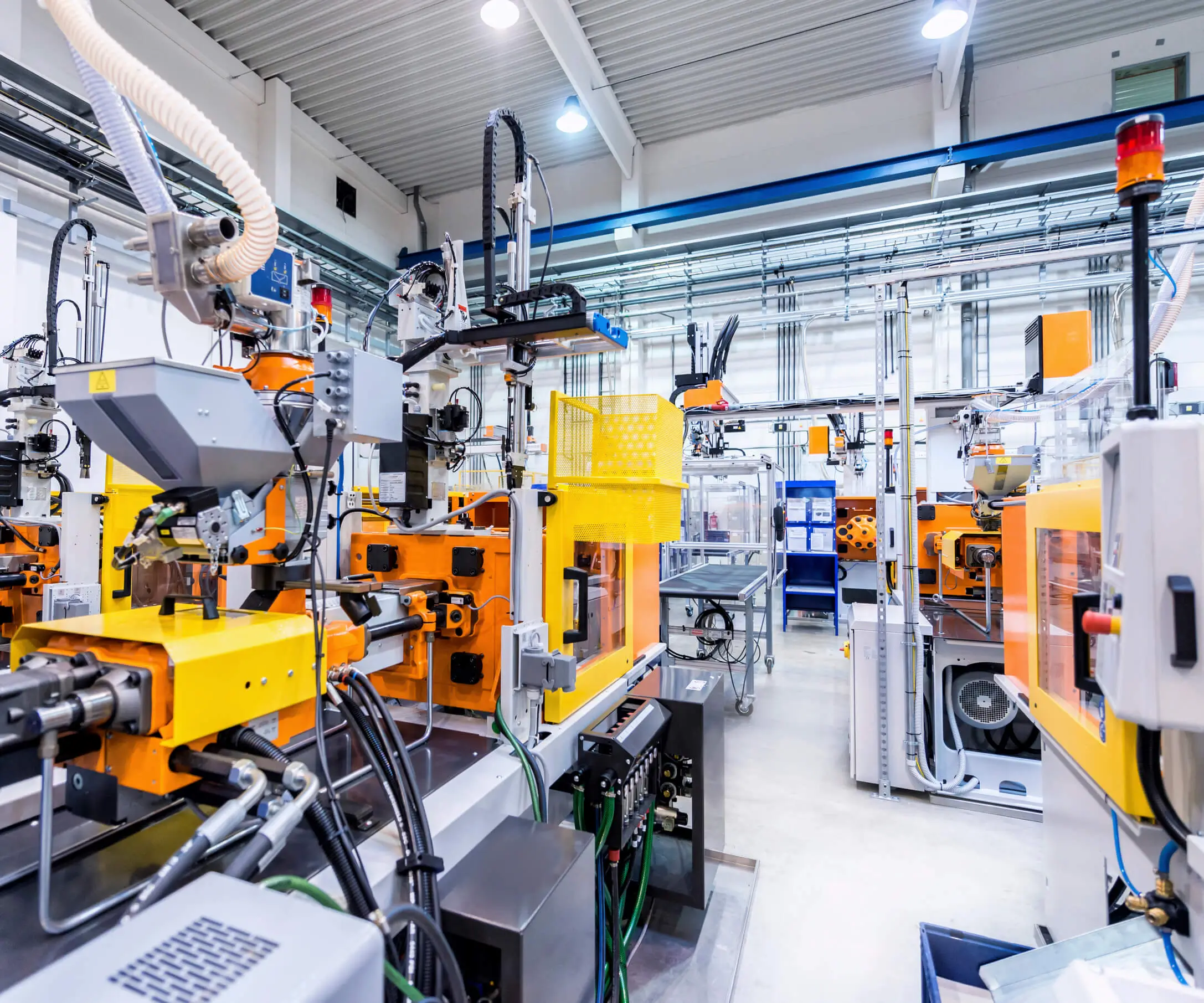Unveiling the Magic Behind Geared DC Motors: How They Power Our World
In a world increasingly driven by automation and robotics, the humble geared DC motor stands as an unsung hero—powering everything from tiny drones to massive conveyor systems. You might have come across the term "gear motor" or "geared DC motor" in technical manuals or machinery specifications, but it’s one thing to hear about it and quite another to truly grasp how it works and why it’s so vital.

Imagine a basic DC motor: it converts electrical energy directly into rotational motion. The motor consists of a stator, which creates a magnetic field, and a rotor, which spins within that field. When an electric current passes through the rotor windings, it experiences magnetic forces that produce torque, causing the rotor—and ultimately, the motor shaft—to turn. This simple principle forms the heartbeat of many electromechanical devices.
Now, add a set of gears—an arrangement that might seem straightforward but harbor a complex set of functions and advantages. The primary goal of integrating gears into a DC motor is to modify its output characteristics, notably rotational speed and torque, to better match the application’s needs.
So, why do we need gears? The answer lies in fundamental physics. The basic DC motor runs at relatively high speeds, which are often far too rapid for many practical uses such as driving robotic arms, conveyors, or precision instruments. Excessive speed can cause mechanical wear, reduce control accuracy, and even damage the associated machinery. Gears serve as a transformational interface—allowing us to convert a high-speed, low-torque motor into a device that produces low-speed, high-torque output.
The Gear Train: The Heart of the Geared DC Motor
At the core of a geared DC motor is the gear train—a series of interlocked gears made of durable materials like metal or high-strength plastics. This train is carefully designed to provide specific gear ratios, which determine how much the motor’s speed is reduced and how much torque is increased.
Let’s break down how this works. If a motor spins at 3000 RPM (revolutions per minute) and the gear train has a ratio of 10:1, the output shaft will turn at approximately 300 RPM, but with ten times the torque. This means that the motor can exert a much larger force on external components, making it suitable for tasks requiring substantial power, such as lifting objects or driving wheels.
The gear train can be configured in various arrangements—spur gears, planetary gears, worm gears—each offering different advantages. Spur gears are simple and efficient, suitable for many applications, whereas planetary gearboxes provide high torque in a compact form, often used in robotics. Worm gears can offer a locking feature, preventing back-driving and providing high gear ratios in a small footprint.
How do geared DC motors improve efficiency and control?
One of the underrated aspects of geared DC motors is their ability to facilitate precise speed control. Using electronic controllers like Pulse Width Modulation (PWM), you can fine-tune the motor’s speed with high accuracy. When combined with gear reduction, this allows for extremely precise movements, often necessary in robotics, CNC machinery, and camera stabilization.
Furthermore, the gear reduction inherently boosts the torque output without needing to increase the motor’s size or power. This makes geared DC motors an energy-efficient choice, especially when the application requires continuous operation under load, or where power savings are critical.
Applications of geared DC motors
Their versatility is evident across industries. In robotics, driven by the need for precise movement and high torque, geared DC motors serve as the workforce behind robotic arms, mobile robots, and autonomous vehicles. In industrial automation, conveyor belts, packaging machinery, and cranes depend on these motors for reliable, controlled motion.
In consumer electronics, devices like electric toothbrushes and small appliances utilize miniature geared DC motors to optimize performance in confined spaces. Even in the automotive world, these motors contribute to power window systems, seat adjustments, and more.
It’s enough to say that the combination of a humble electric motor with a well-designed gear train creates a powerhouse of efficiency, control, and adaptability. However, to truly appreciate the magic, we need to look deeper into the workings of the gear train mechanics and how they impact performance—topics we’ll explore in the second part of this article.
Kpower has delivered professional drive system solutions to over 500 enterprise clients globally with products covering various fields such as Smart Home Systems, Automatic Electronics, Robotics, Precision Agriculture, Drones, and Industrial Automation.




































